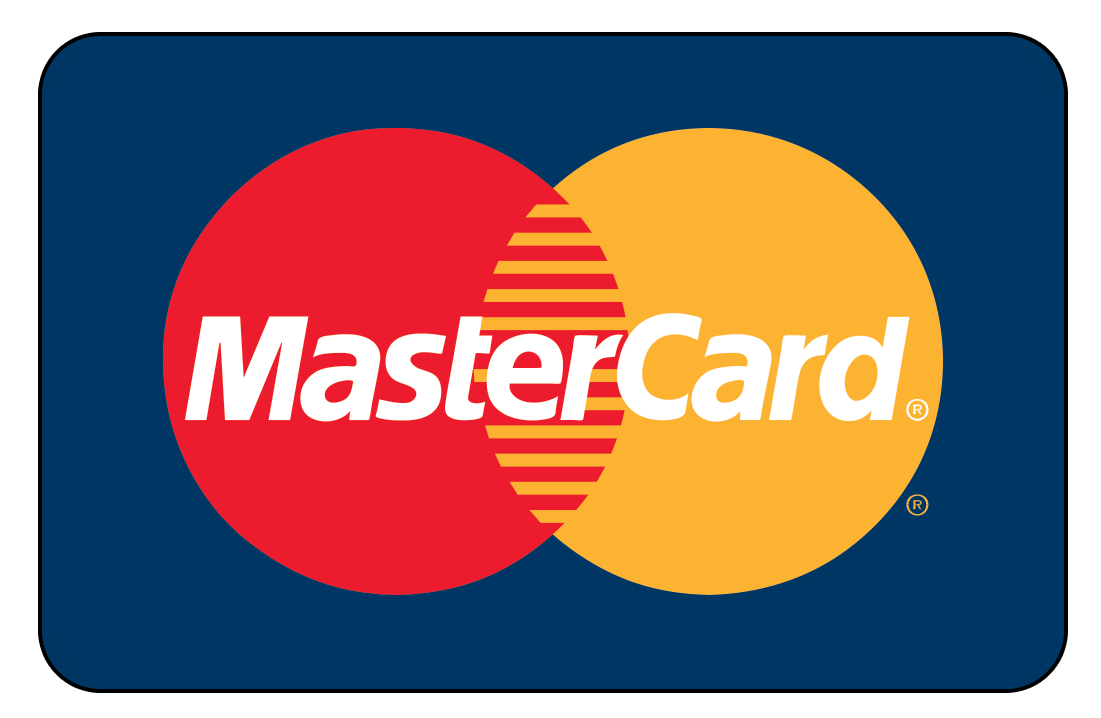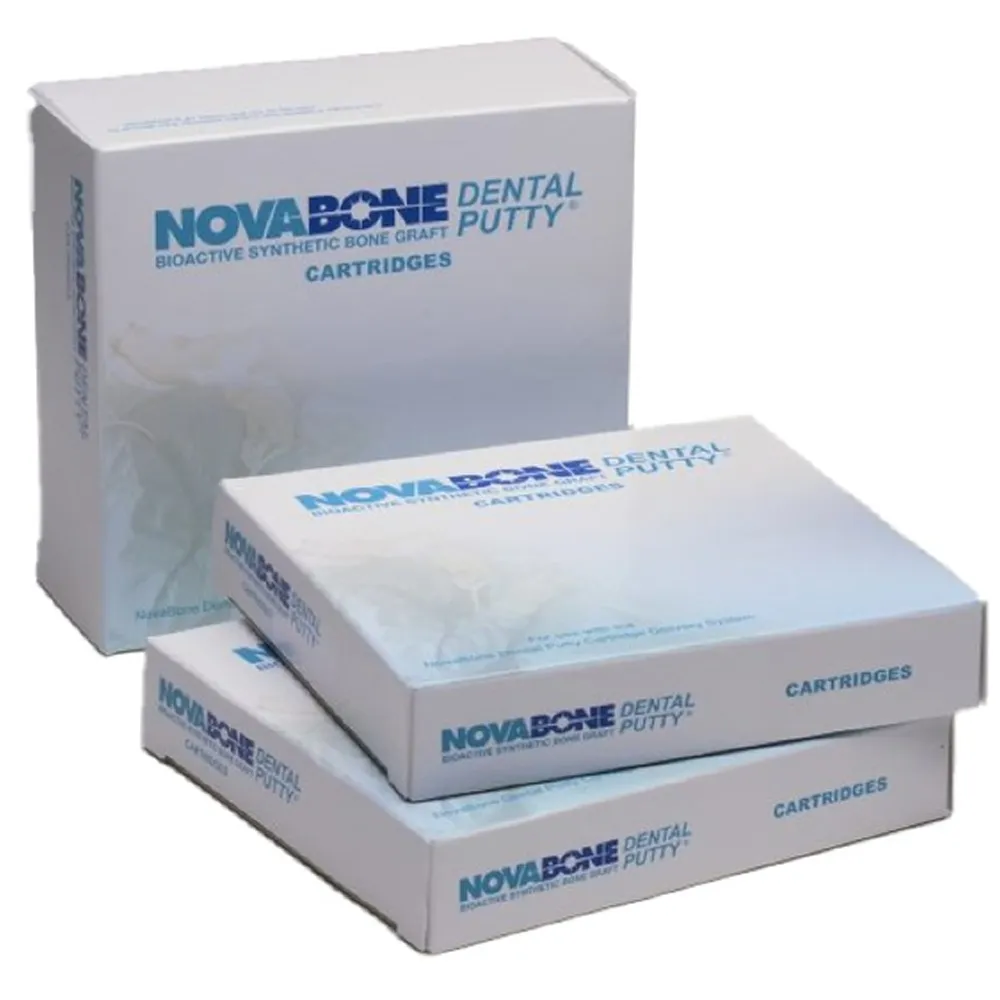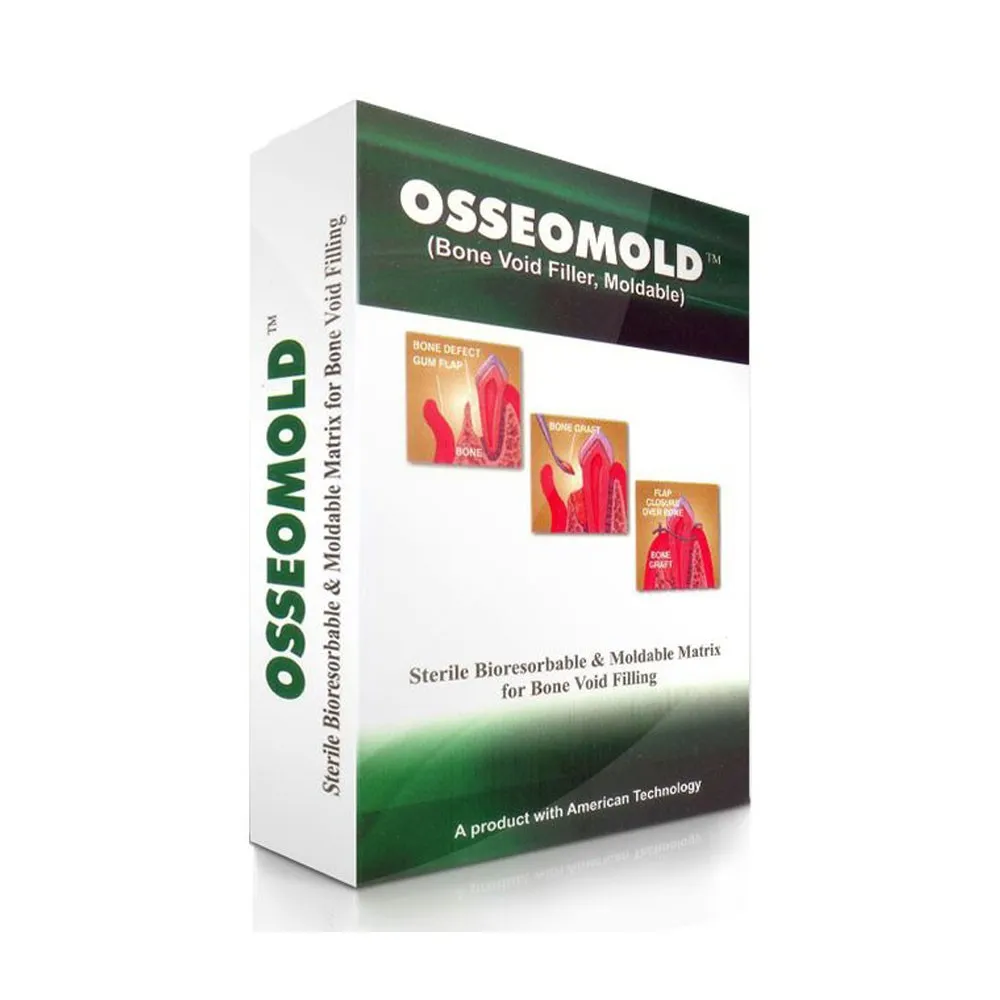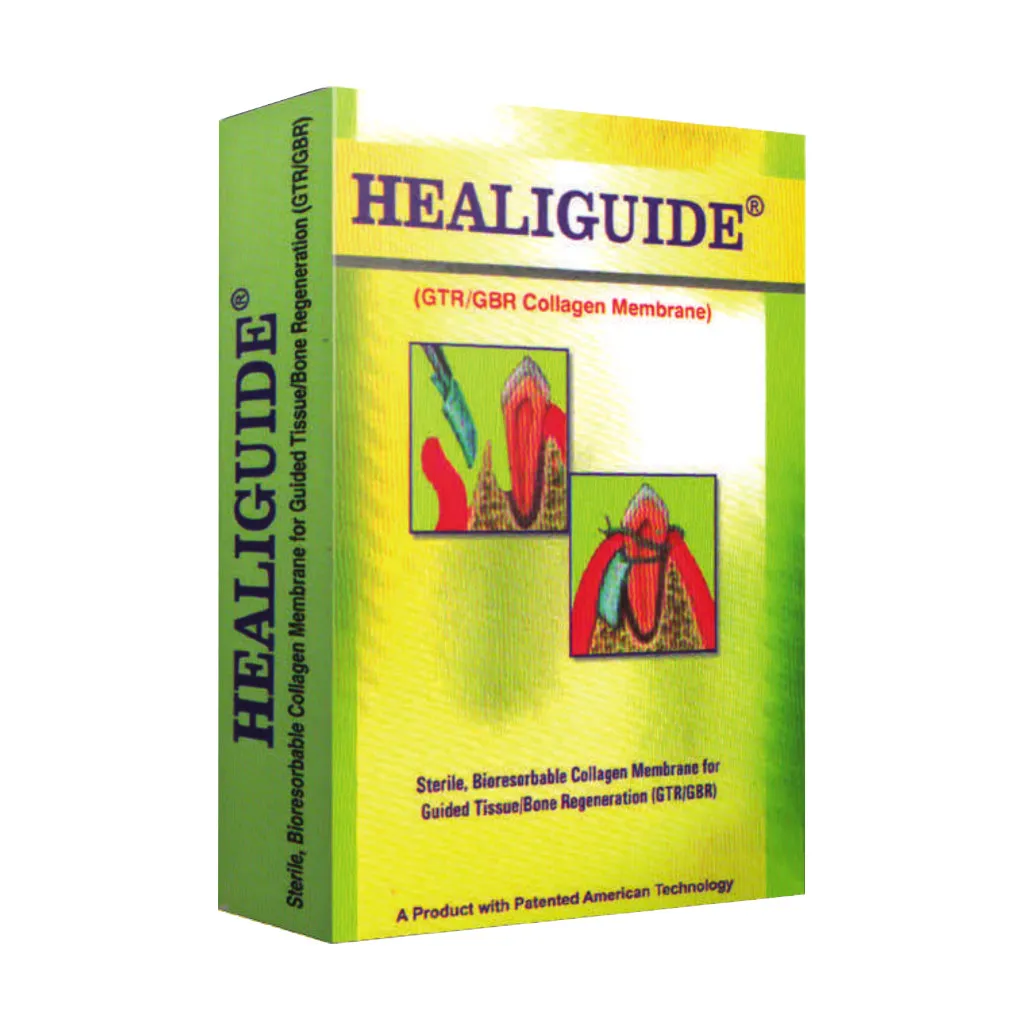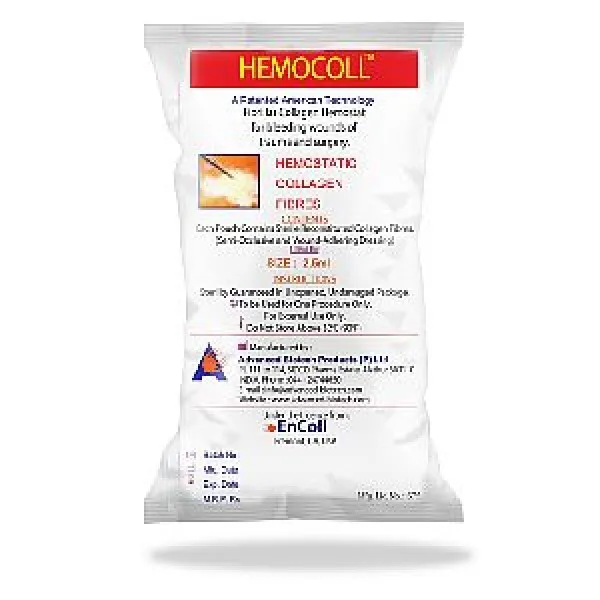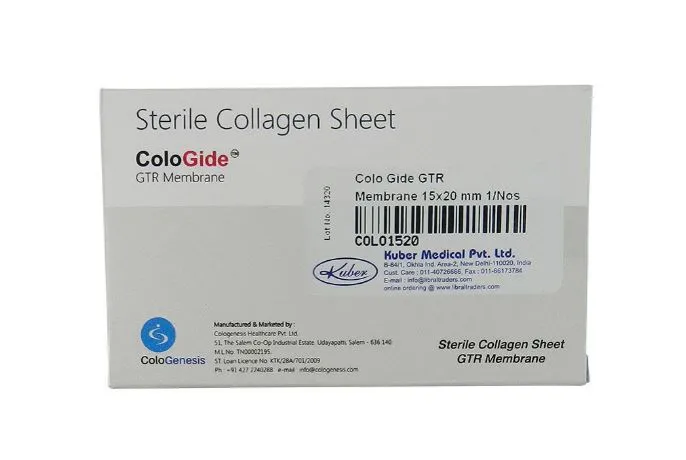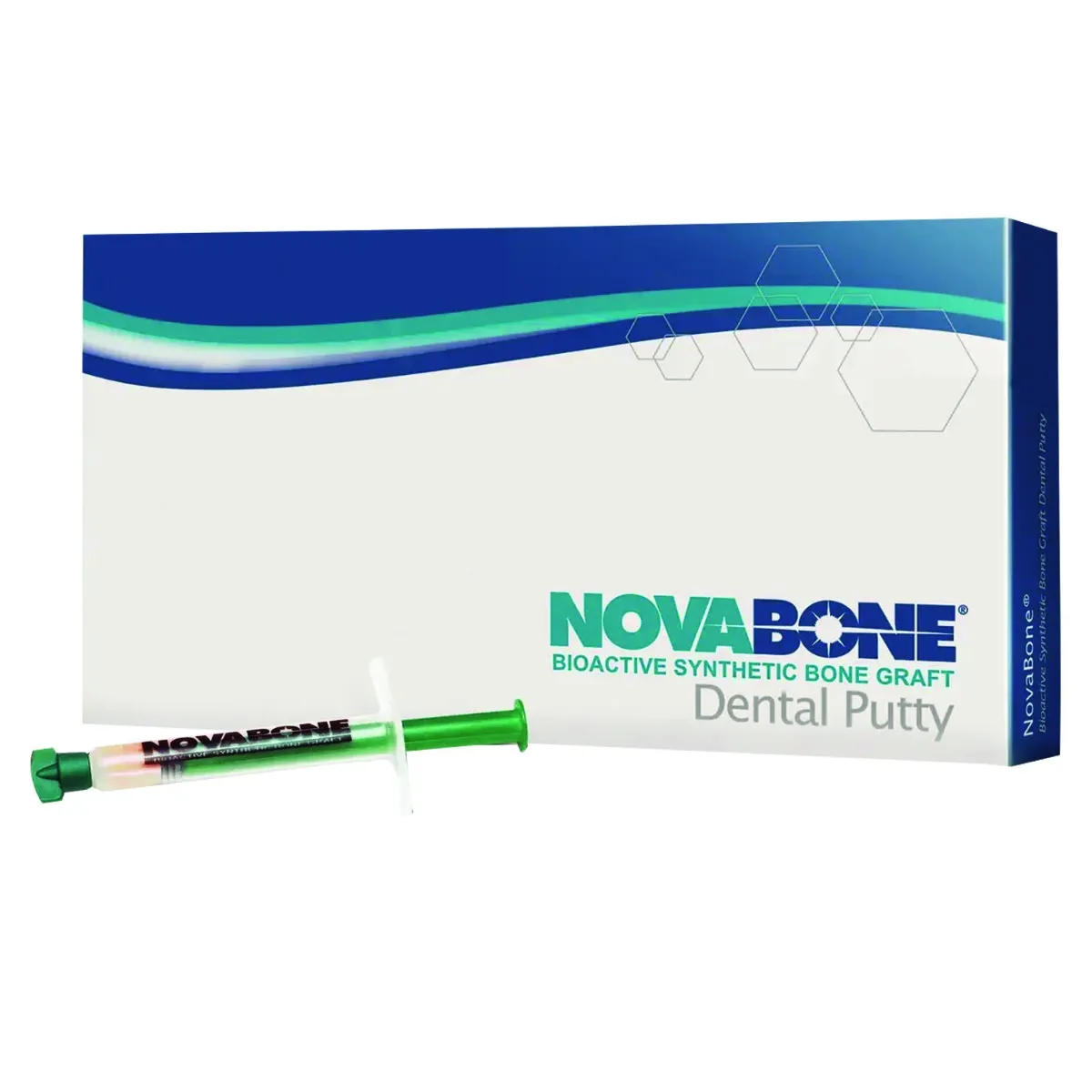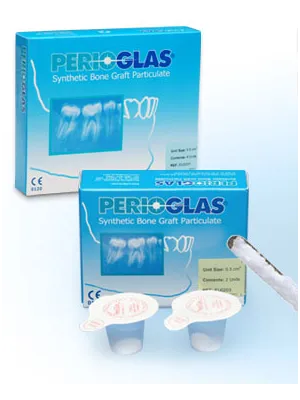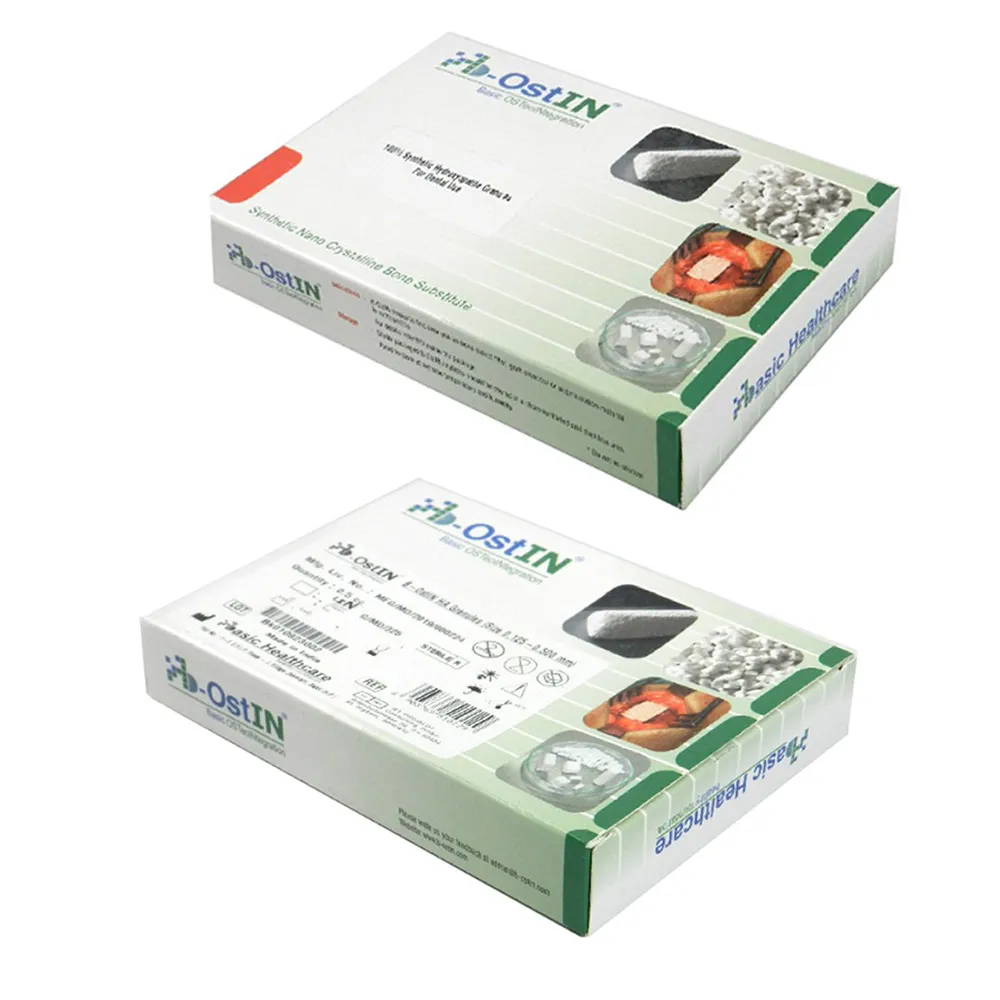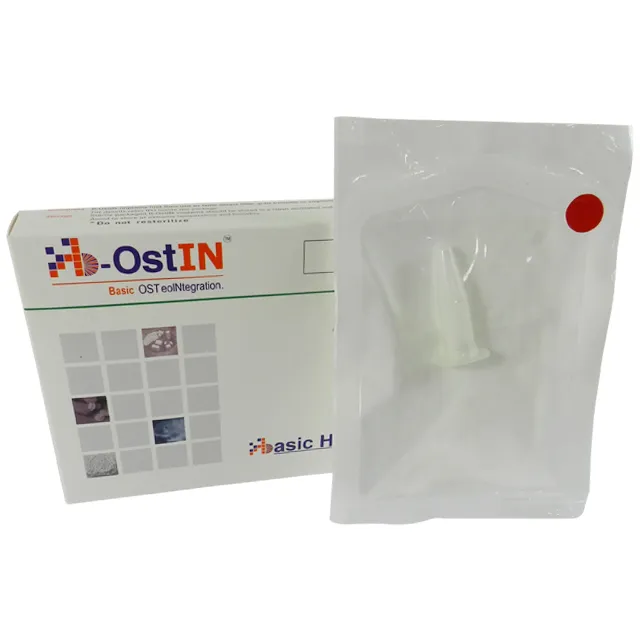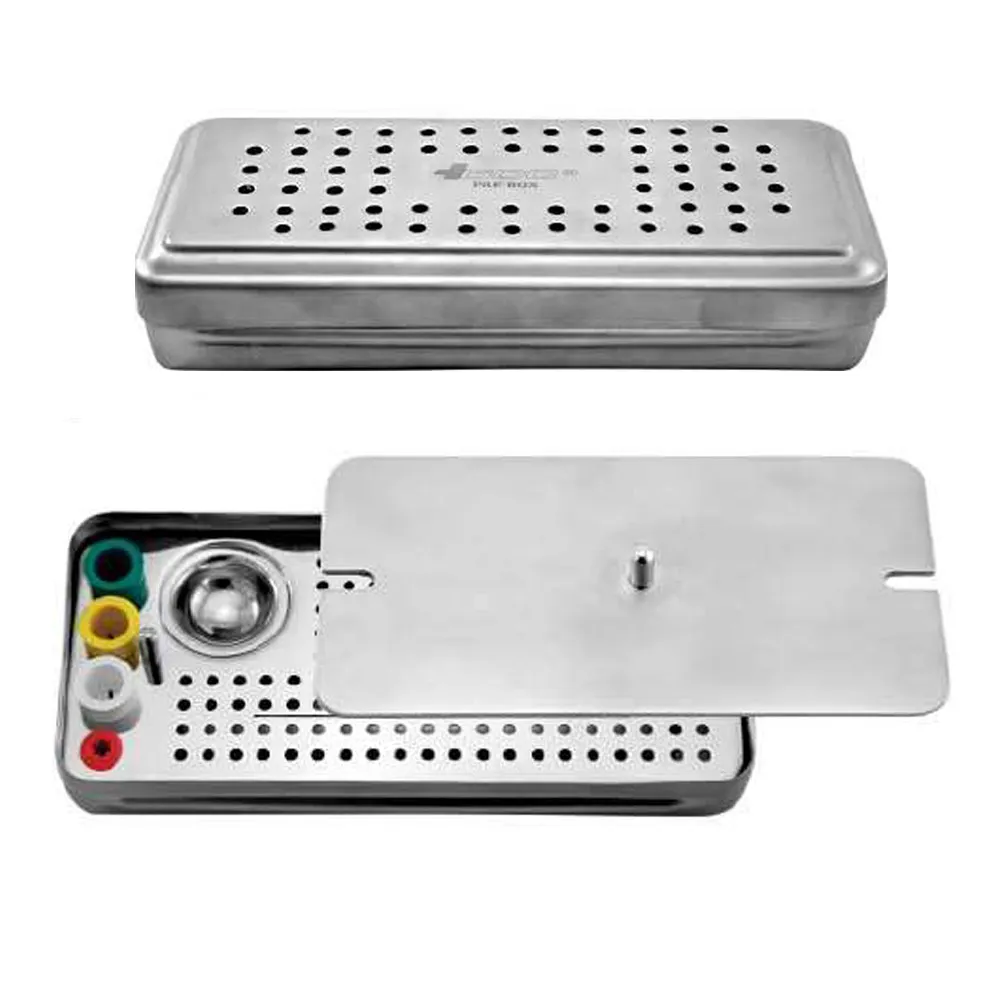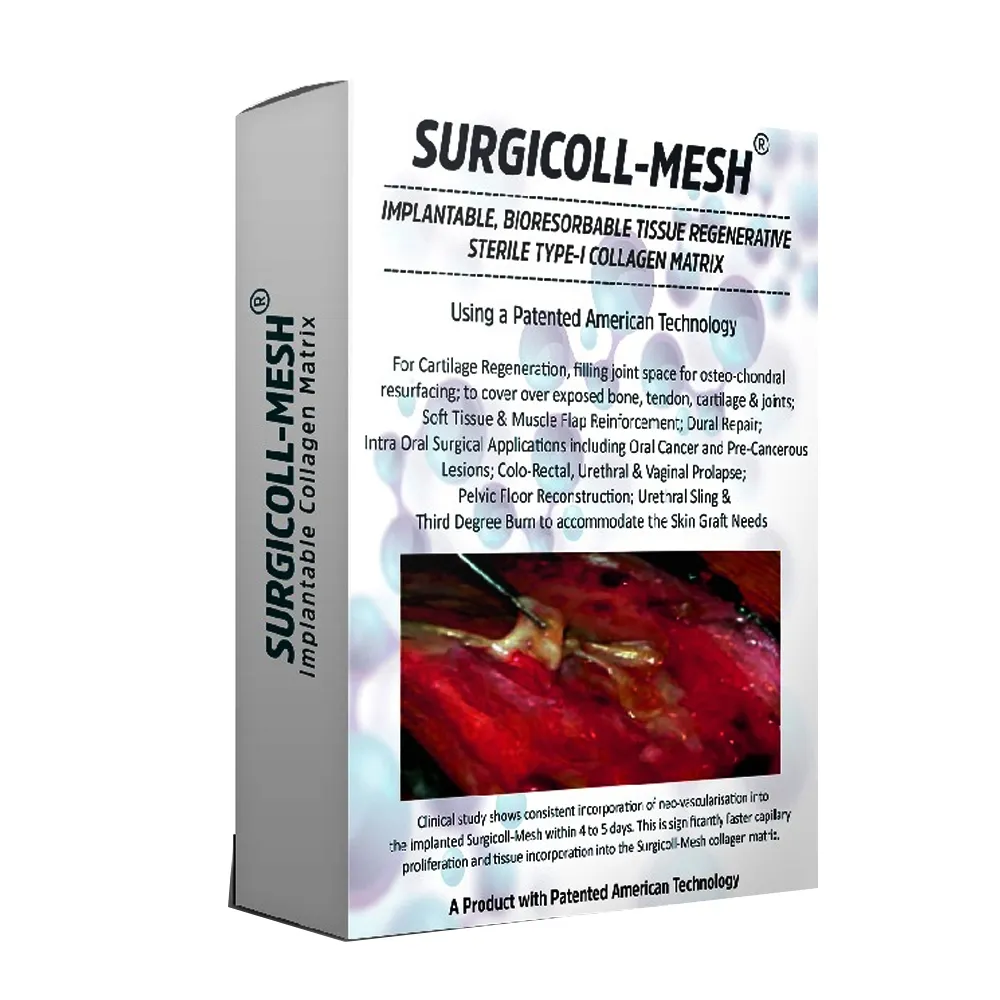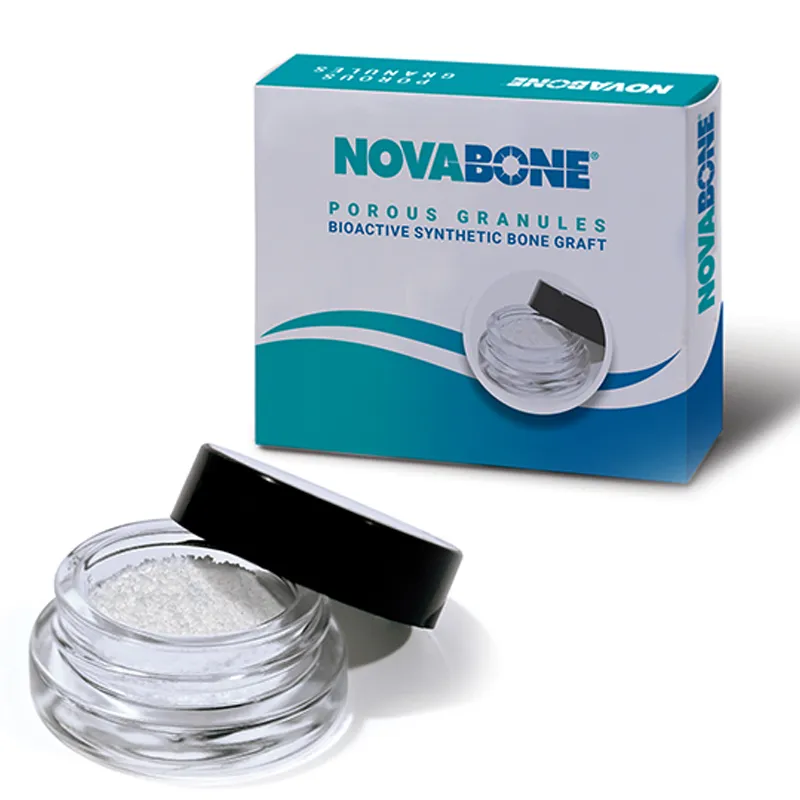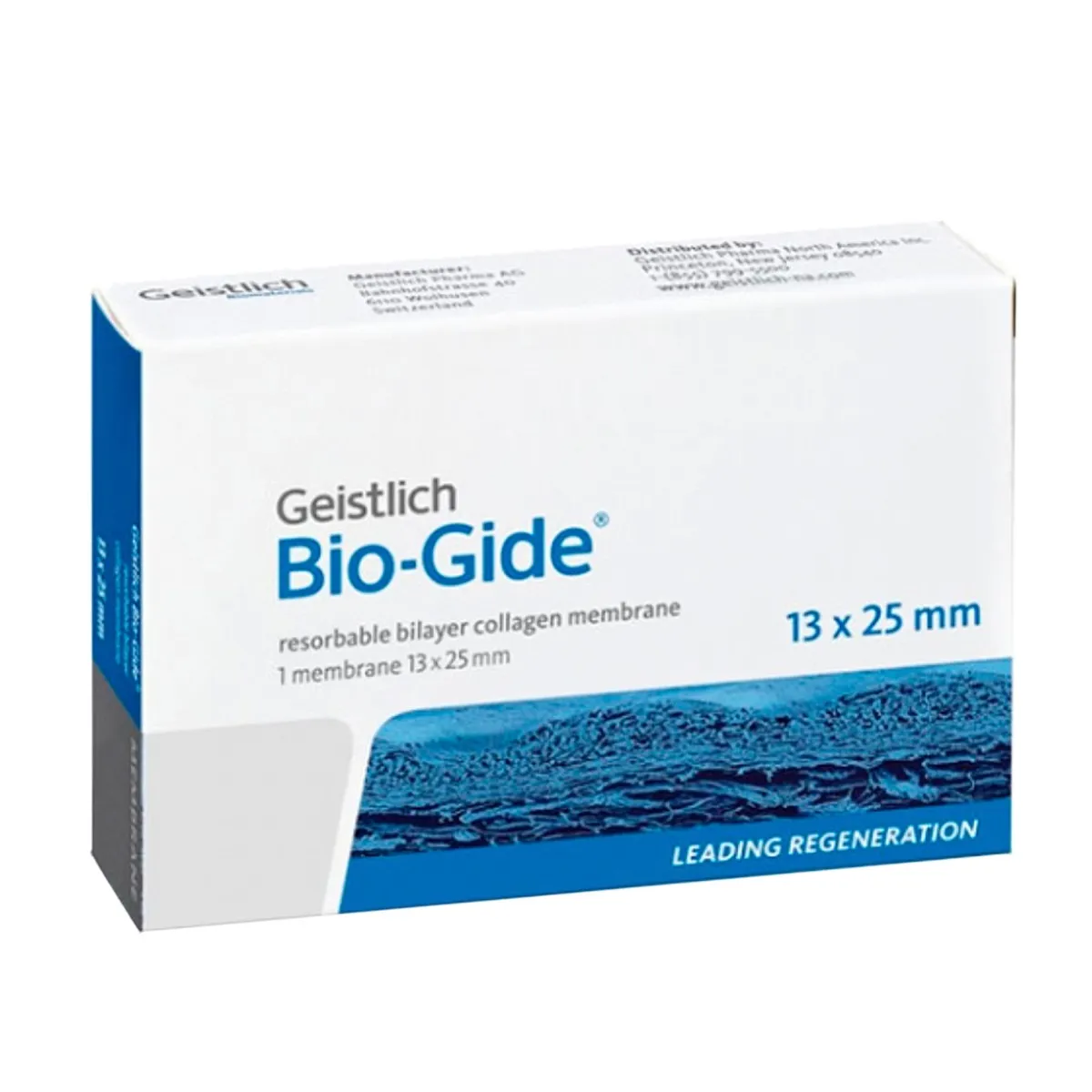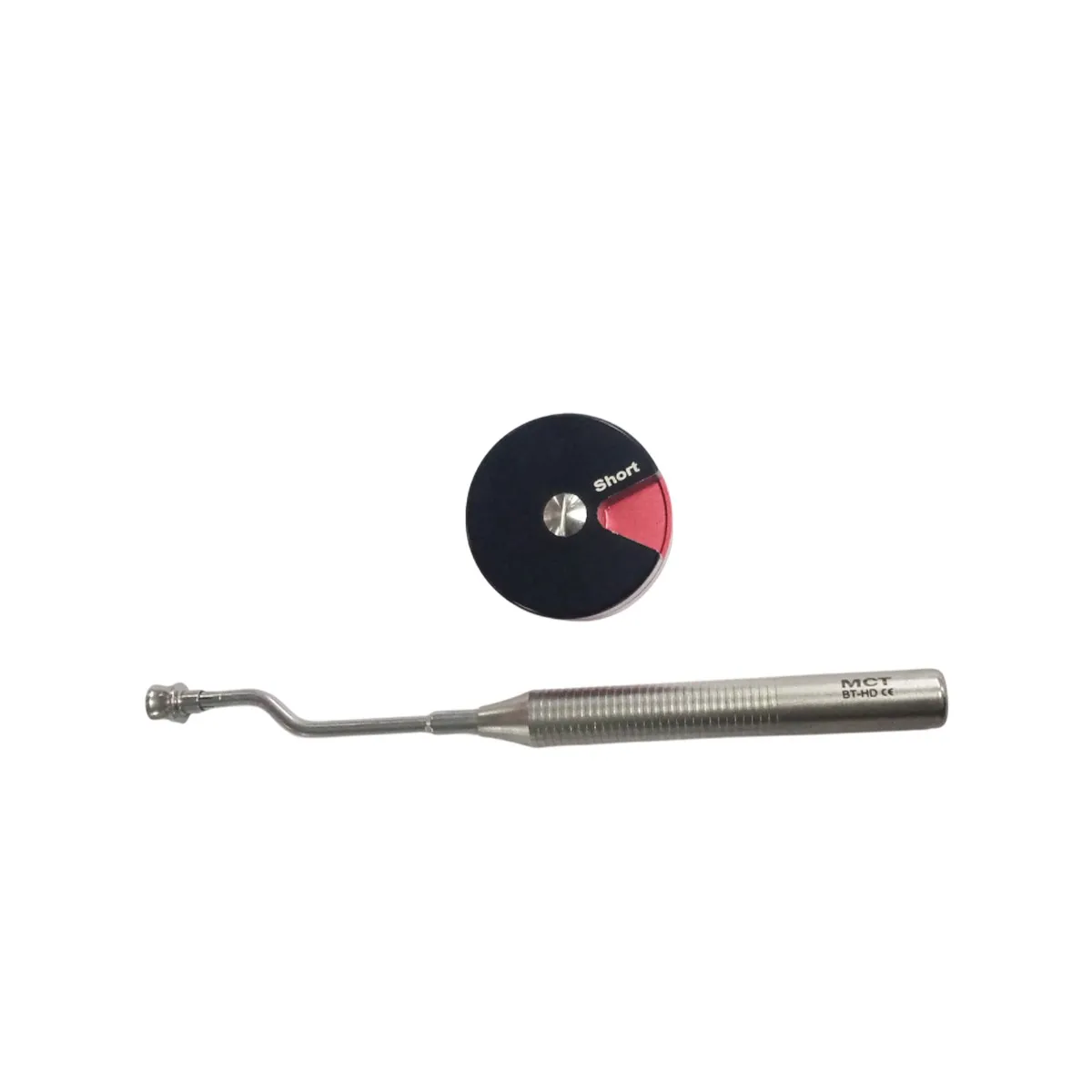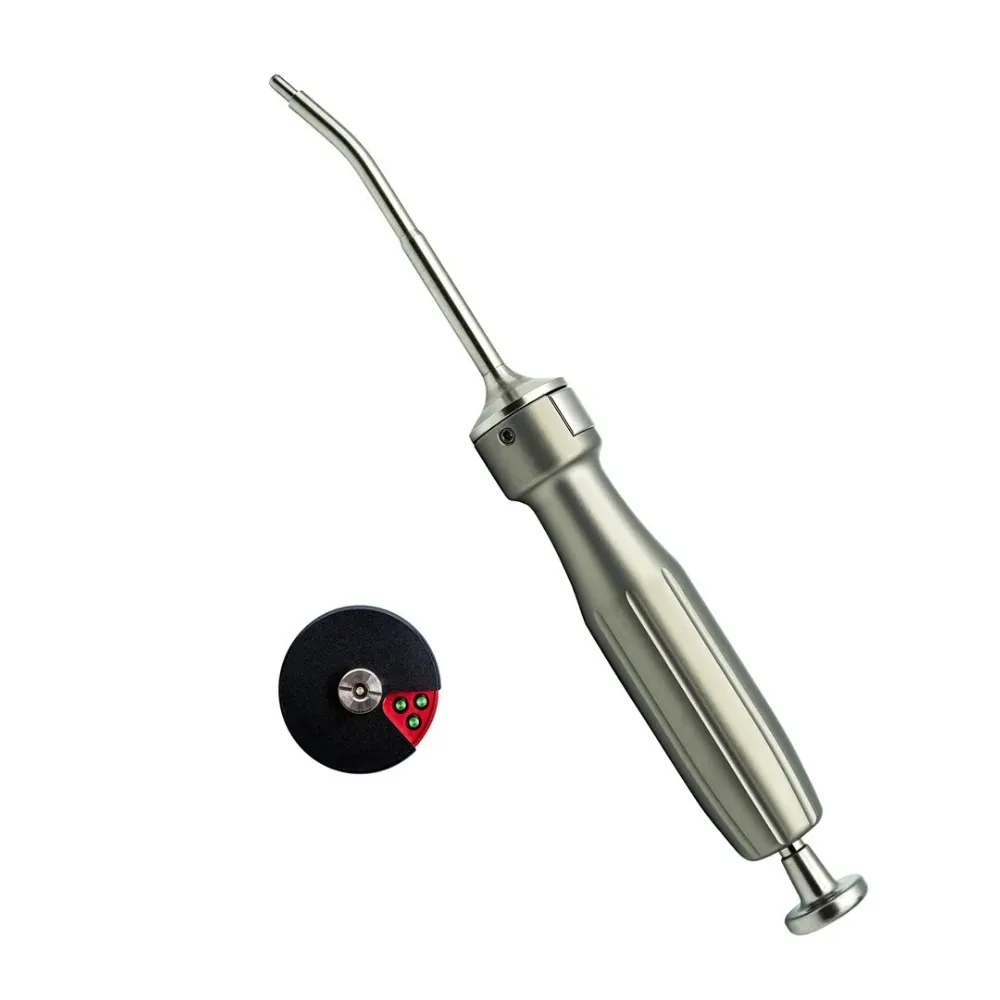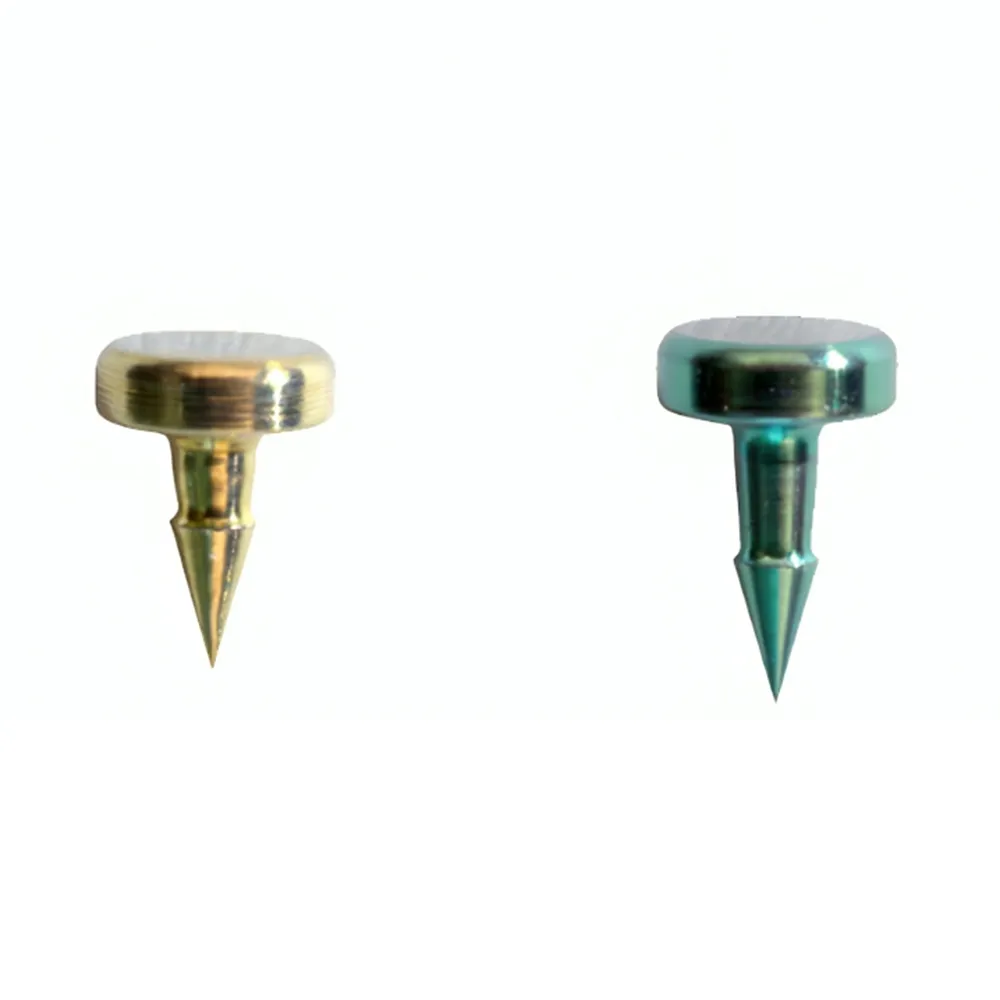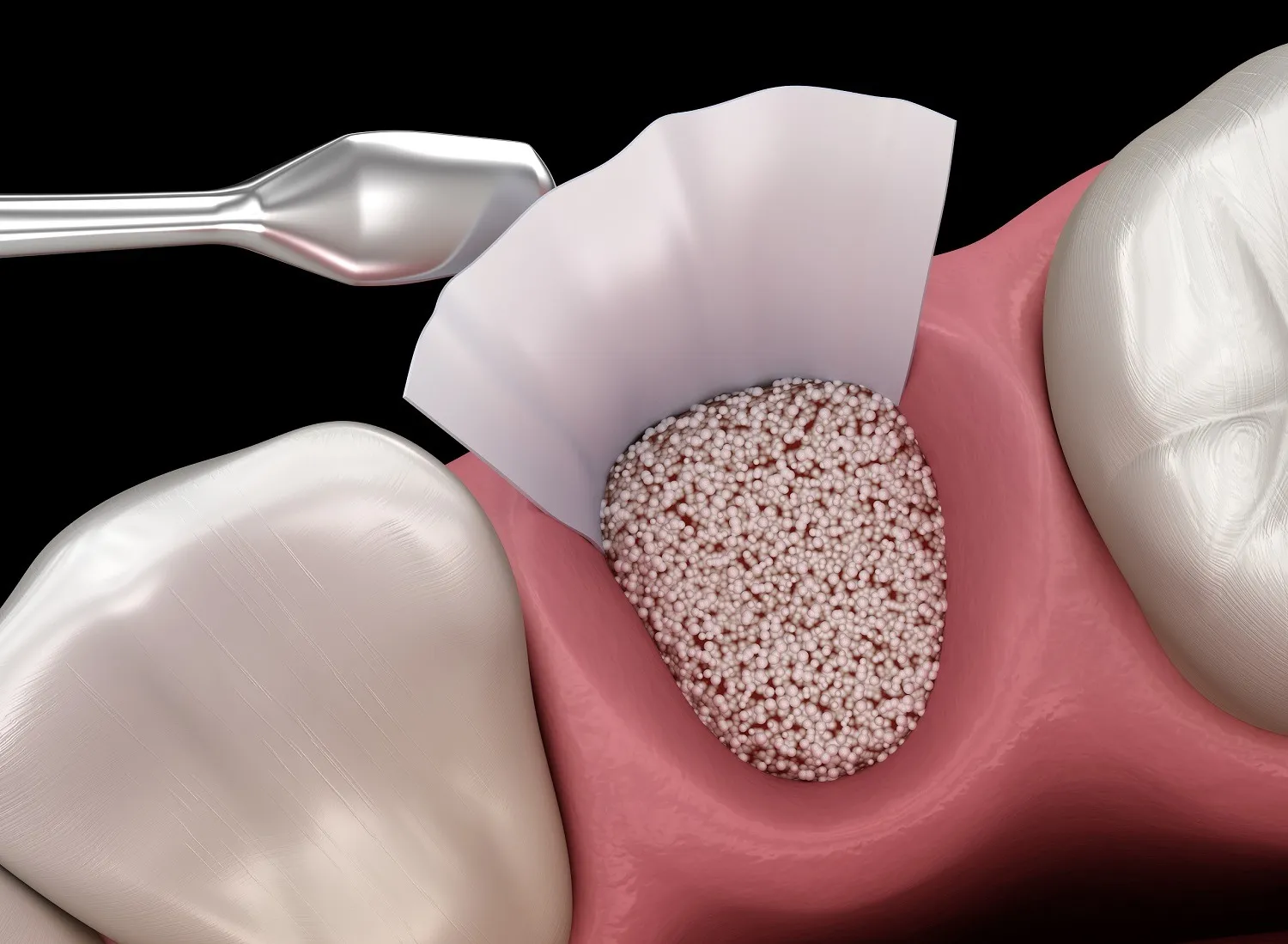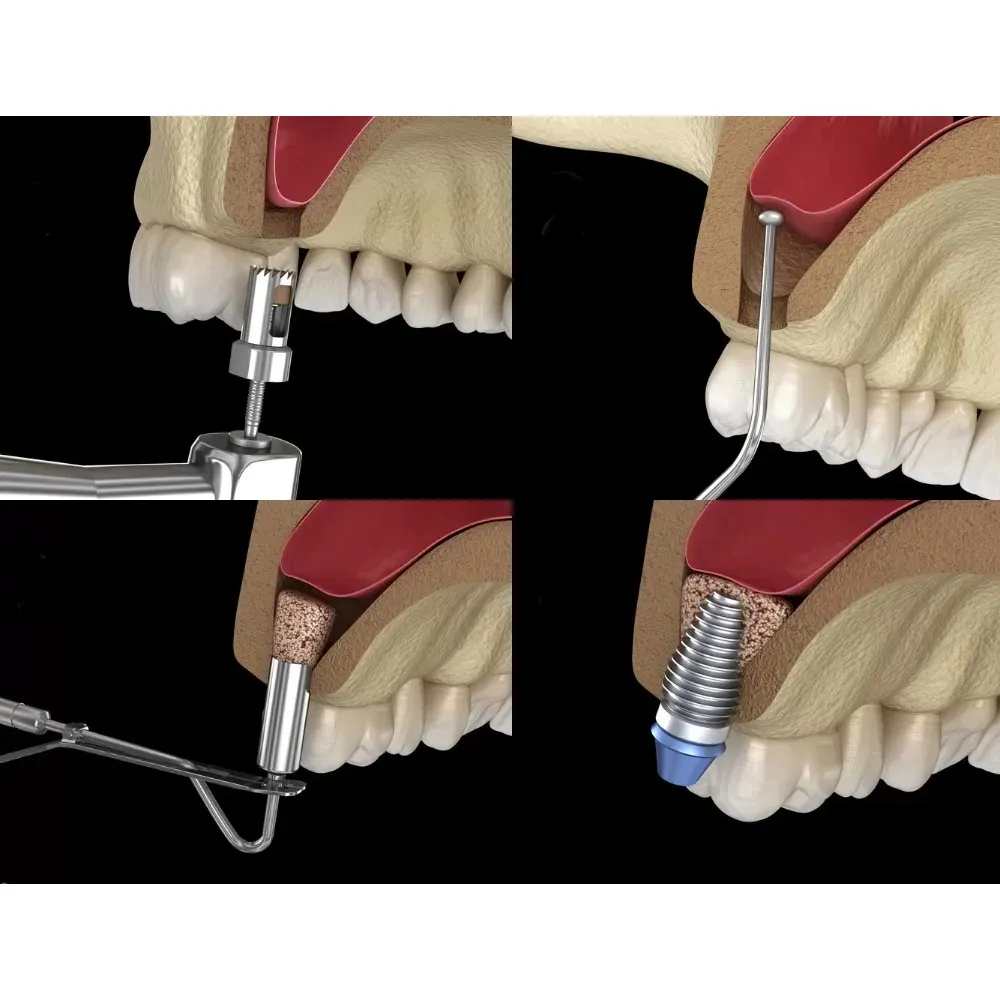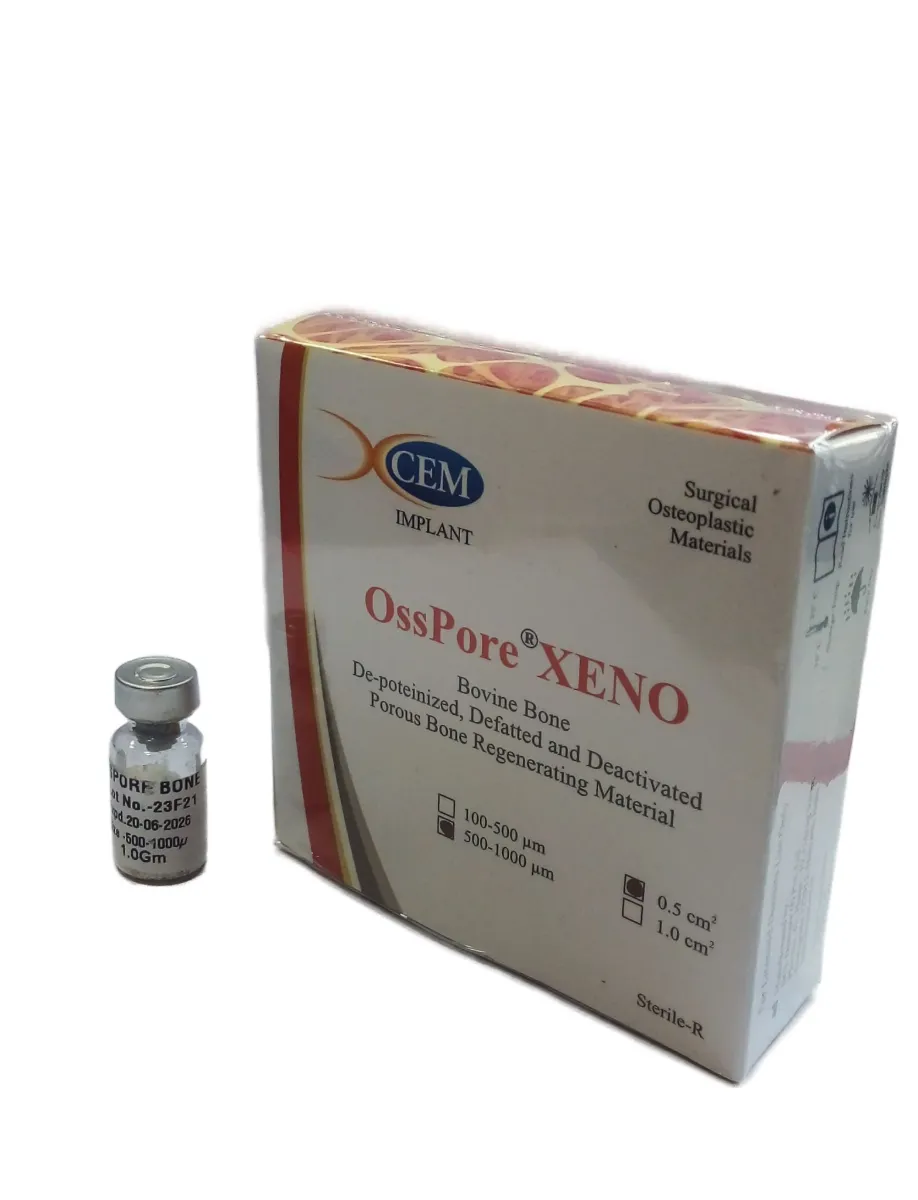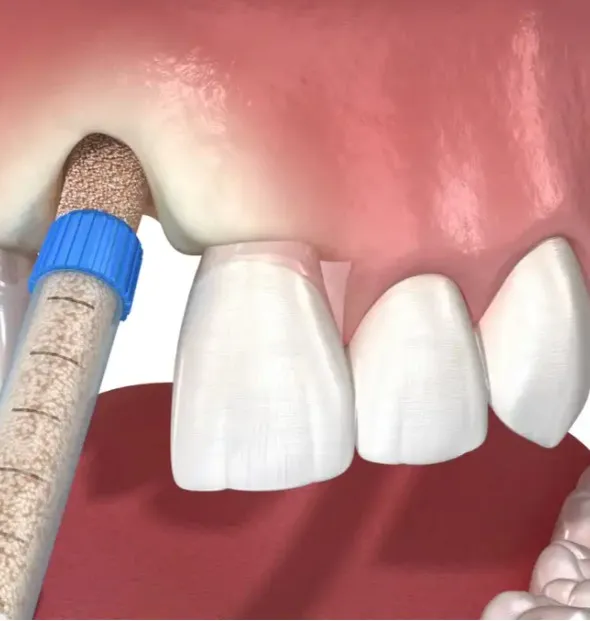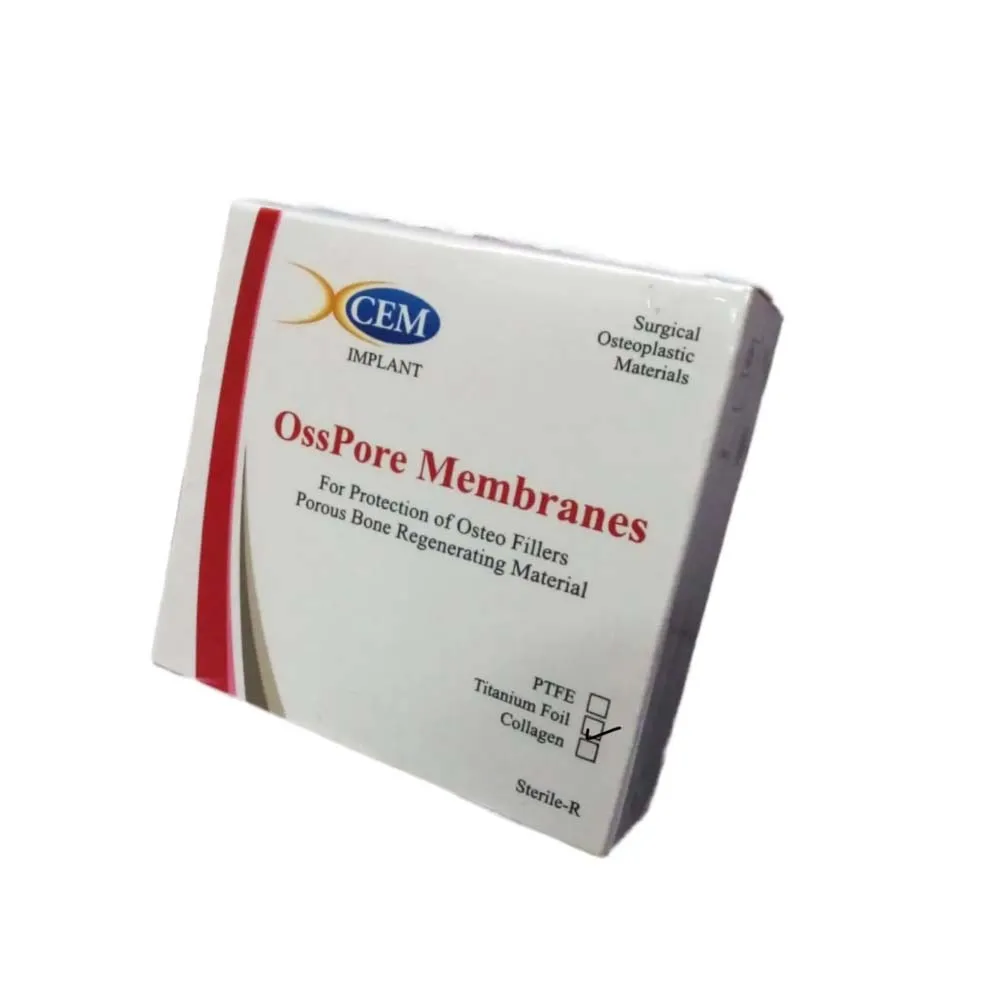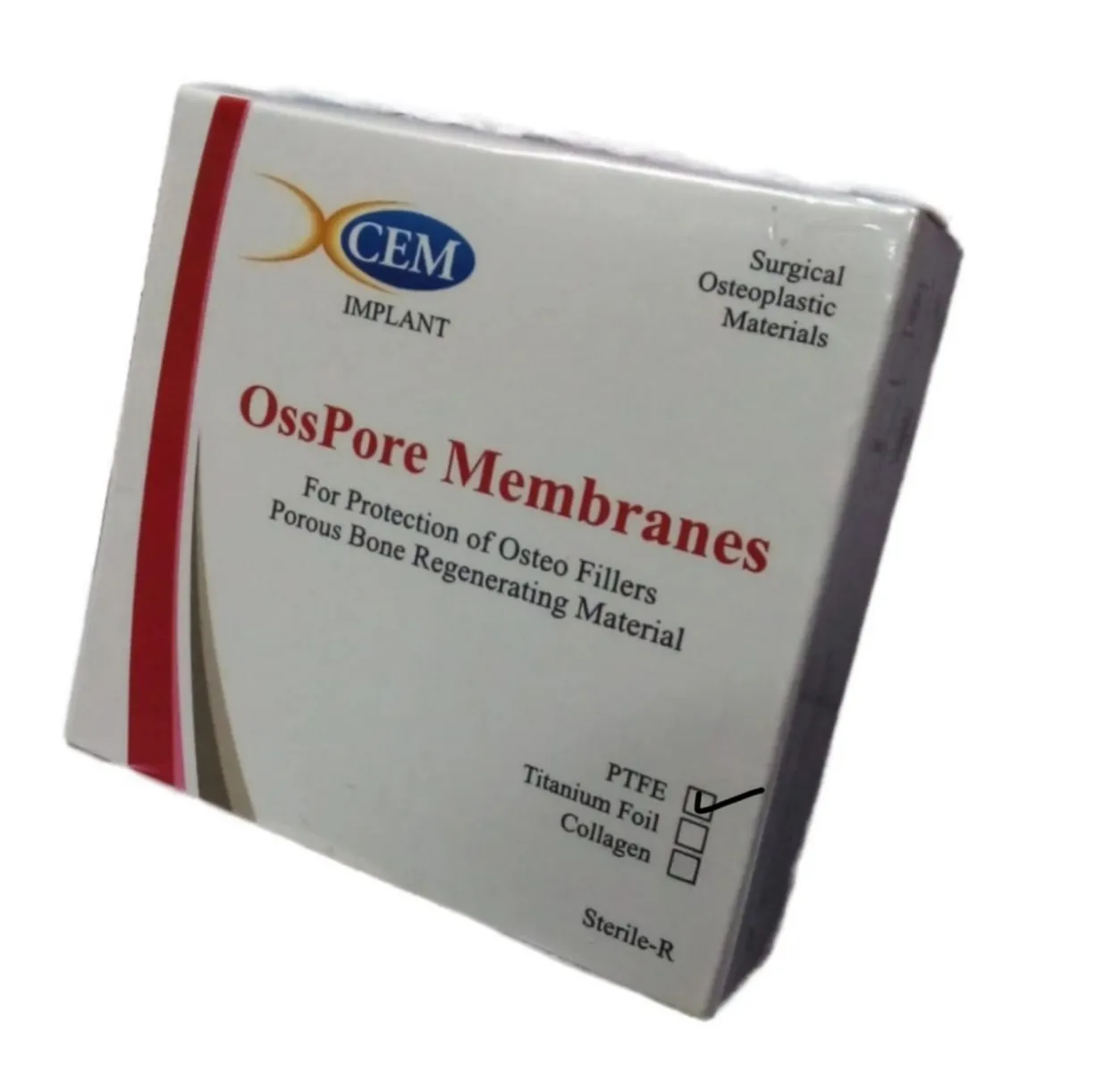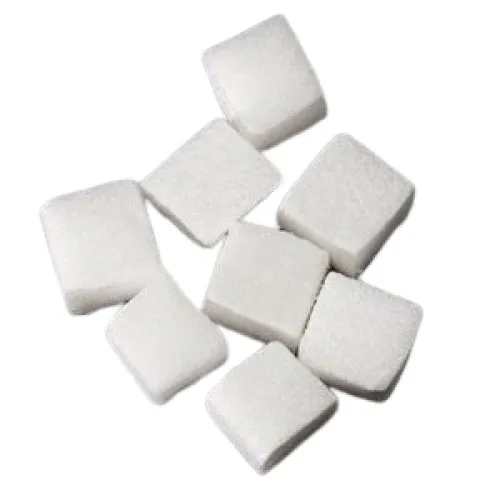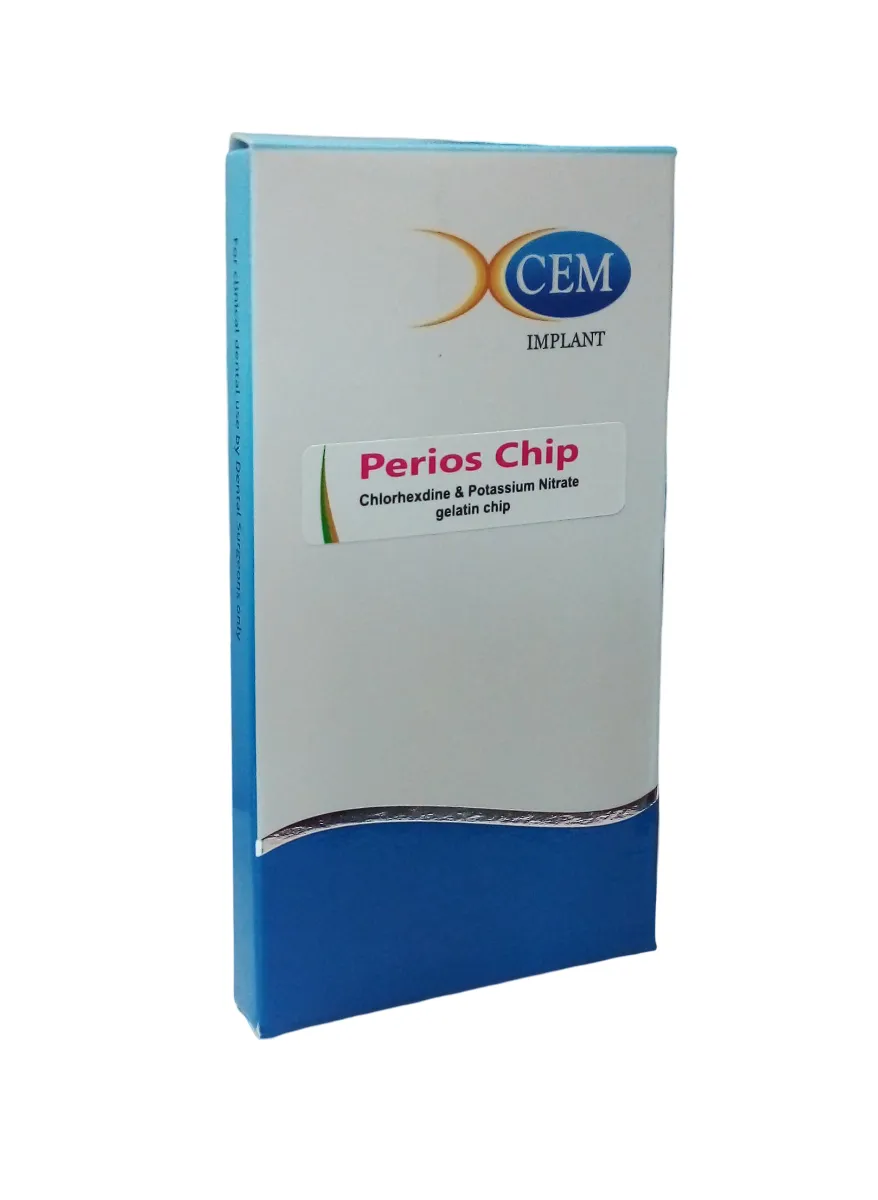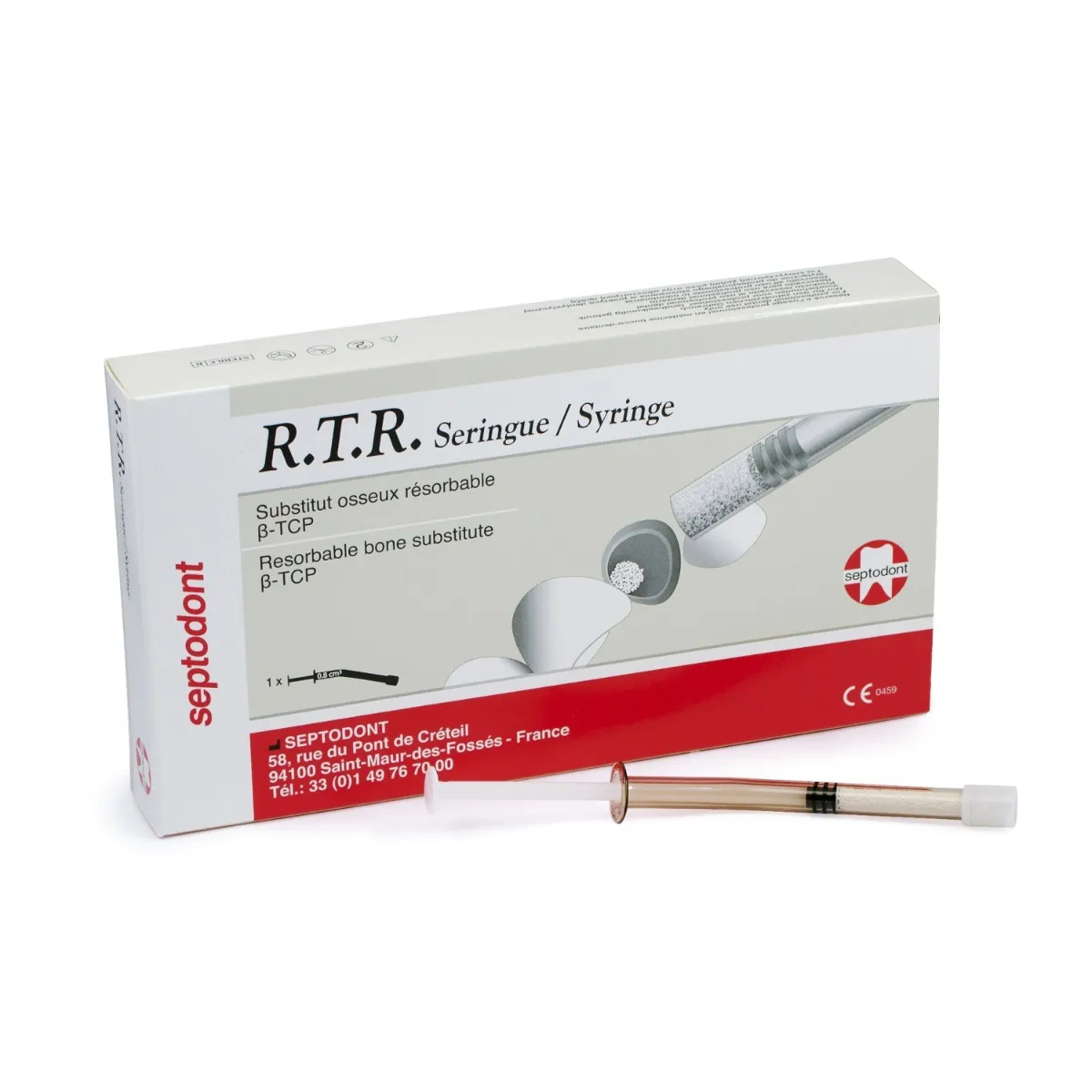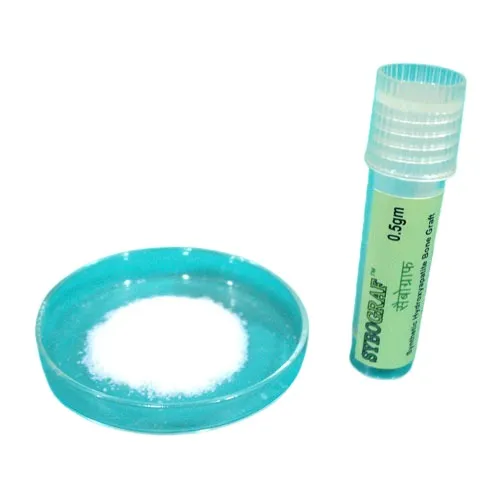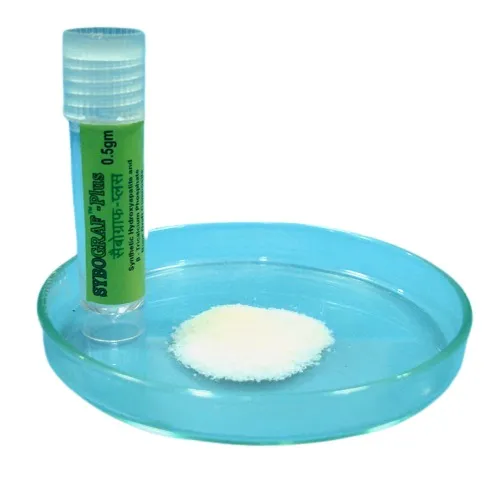Bone Grafts and Membranes - Elevating Dental Excellence in Oral Surgery
Welcome to Dentalkart's distinguished category dedicated to Bone Grafts and Membranes in the realm of oral surgery. Bone grafts are essential materials used to regenerate and augment bone tissue, addressing deficiencies caused by trauma, disease, or anatomical considerations. Membranes, on the other hand, serve as barriers that guide and enhance bone regeneration, optimizing healing outcomes. This category stands as a testament to Dentalkart's commitment to providing dental professionals with the finest tools for advanced oral surgical procedures.
Types of Bone Grafts:
Diverse scenarios demand varied bone grafting materials. Dentalkart's collection encompasses a range of options to suit every clinical need:
- Autografts: Patient's own bone harvested from another site, minimizing graft rejection.
- Allografts: Donor bone sourced from another individual, thoroughly processed for safety.
- Xenografts: Derived from animal sources, these grafts provide a scaffold for new bone formation.
- Synthetic Grafts: Biocompatible materials designed to mimic natural bone, stimulating regeneration.
Significance of Membranes in Regeneration:
Membranes play a pivotal role in bone regeneration, ensuring optimal conditions for new tissue formation. Dentalkart's Membranes category hosts a variety of membranes, including resorbable and non-resorbable options, each tailored to specific surgical needs. Resorbable membranes facilitate wound healing while gradually dissolving, eliminating the need for removal. Non-resorbable membranes provide extended support and stability during the healing process.
Dentalkart's Commitment and Wide Range:
Dentalkart takes immense pride in presenting an extensive assortment of Bone Grafts and Membranes from top-notch brands, including Advanced Biotech, Ammdent, B-Ostin, Cologenesis Healthcare, Geistlich, Septodont, Meta Biomed, and Novabone. Our curated selection empowers dental professionals to choose the most suitable grafts and membranes for their unique cases, fostering precision, patient comfort, and impeccable surgical outcomes. With Dentalkart's Bone Grafts and Membranes category, we enable dental professionals to embark on advanced oral surgical journeys, harnessing the potential of cutting-edge materials to elevate patient care and redefine excellence in dentistry.
Q: What is a bone graft with a membrane?
A: A bone graft with membrane is a combination approach used in oral and maxillofacial surgeries to facilitate bone regeneration and tissue healing. It involves the use of two key components: a bone grafting material and a barrier membrane.
A bone graft is a substance that is placed in an area where bone regeneration is required. It provides a scaffold or matrix for new bone growth. The barrier membrane is typically made of resorbable or non-resorbable materials. It is placed over the bone graft to create a barrier that prevents the invasion of soft tissue cells into the graft site. This separation between soft tissues and the graft allows undisturbed bone regeneration to occur.
The bone graft and membrane combination serves multiple purposes:
- Guided Bone Regeneration (GBR): The membrane acts as a barrier, preventing the growth of fast-replicating soft tissue cells while allowing slower-growing bone cells to populate the graft site. This technique is particularly useful in augmenting bone for dental implants.
- Socket Preservation: After tooth extraction, a bone graft with membrane can be used to prevent bone resorption, maintaining the bone volume for future implant placement.
- Sinus Lift Procedures: In upper jaw bone grafting for implant placement, a membrane can help contain the graft material within the sinus cavity.
Q: Is membrane necessary for bone graft?
A: While not always mandatory, a membrane can significantly enhance the effectiveness of a bone graft. Membranes create a barrier that prevents soft tissue infiltration into the graft site, allowing undisturbed bone regeneration. This is especially crucial in guided bone regeneration (GBR) procedures, where the membrane directs bone growth while excluding unwanted tissue. Membranes also protect graft material from displacement, providing stability during healing. While some grafts can succeed without a membrane, using one often improves outcomes, enhances graft integration, and reduces the risk of complications, making it a valuable adjunct in promoting successful bone regeneration in various dental procedures.
Q: Is bone graft and membrane necessary after tooth extraction?
A: The necessity of using a bone graft and membrane after tooth extraction depends on various factors, including the specific case, the intended treatment plan, and the patient's oral health goals. In some cases, these components can be beneficial, while in others, they might not be essential. Here are some considerations:
- Socket Preservation: If the goal is to prevent bone loss and maintain the bone volume after tooth extraction for future dental implant placement, a bone graft with or without a membrane can be recommended. This helps to preserve the bone structure and prevents the socket from collapsing over time.
- Immediate Implant Placement: If an implant is planned immediately after tooth extraction, a bone graft may be used to enhance the implant's stability and osseointegration. A membrane can help protect the graft material and maintain space for bone growth.
- Natural Healing: In some cases, the body's natural healing process might be sufficient, and a bone graft or membrane might not be necessary. This is particularly true for simple extractions without concerns about bone loss.
Q: In cases of vertical ridge augmentation, what is the rationale behind using barrier membranes with titanium mesh versus resorbable membranes, and how do their degradation kinetics influence graft stability and long-term outcomes?
A: Vertical ridge augmentation demands structural support. Titanium mesh combined with a barrier membrane provides mechanical stability during the initial healing. Resorbable membranes, while convenient, may degrade before graft maturation. The degradation kinetics impact the maintenance of graft space and stabilization, critical for long-term success.
Q: What's the difference between using strong mesh and dissolvable materials as barriers when building up the height of a jawbone? How does this affect the outcome of the procedure?
A: Strong mesh with a barrier prevents collapse when building up the jawbone's height. Dissolvable barriers vanish on their own. Strong mesh offers sturdy support during early healing, while dissolvable barriers might not last as long. This choice affects how well the new bone integrates and stays in place.
Q: What happens if a bone graft doesn't integrate properly? Can membranes help prevent this issue?
A: If a graft doesn't integrate well, it might not stay in place. Membranes help by creating a barrier that guides proper bone growth and keeps the graft stable. They minimize the chances of integration problems and promote successful healing.
Q: In socket preservation after tooth extraction, how do barrier membranes help prevent bone loss and aid in maintaining the natural contours of the jaw?
A: Barrier membranes create a barrier that guides bone growth after tooth extraction. This prevents bone loss and preserves the jaw's shape. By keeping the space secure, we ensure the bone stays healthy, making future procedures like implants smoother.








